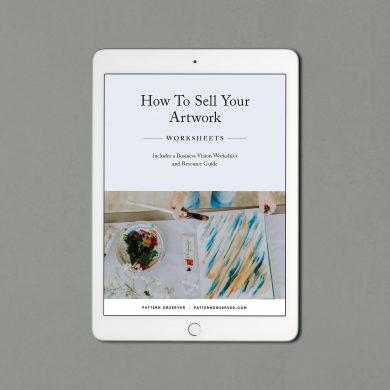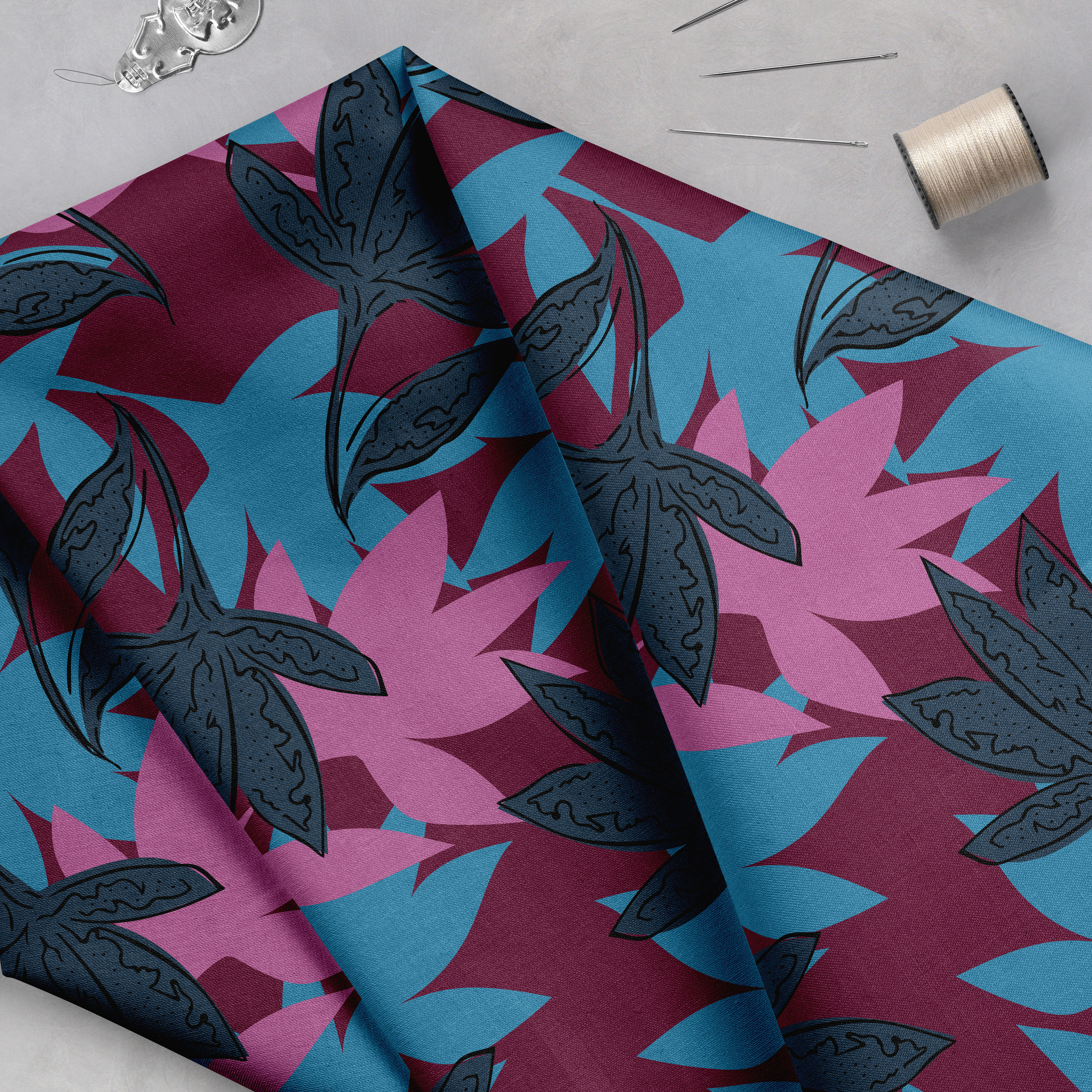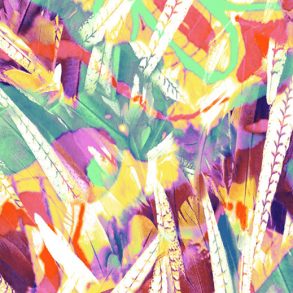Color has always held a significant place in fashion. But have you ever considered the rich history of deliberately placing colors next to each other? This, my friends, is the intriguing world of color blocking fashion history. Let’s discuss where this trend came from, and how it continues to thrive today.
Table of Contents:
- The Early Threads of Color Blocking Fashion History
- Yves Saint Laurent: Taking Color Blocking to the Runway
- The Rise of Ready-to-Wear and the Enduring Appeal of Color Blocking
- Color Blocking: A Timeless Trend for the Modern Fashion Enthusiast
- Conclusion
The Early Threads of Color Blocking Fashion History
For centuries, communities around the world have been using color in their textiles. This wasn’t just about aesthetics; it often signified deep cultural meaning and even social standing. Think of the vibrant, handwoven garments of indigenous cultures.
For example, tribes from northern Arizona, like the Hopi, Pueblo, or Navajo, weave intricate color-blocked patterns into baskets and clothing. In Peru, the Quechua people are known for incorporating naturally dyed llama, alpaca, or vicuña wool into their textiles, showcasing bold colors in their designs.
From Dyes to Design: A Shift in Color Blocking Fashion History
The industrial revolution and the arrival of synthetic dyes changed fashion design. As technology evolved, so did the possibilities for dress shops and designers.
In the early 1900s, abstract art took center stage, and artists experimented with color blocking to evoke emotion and explore new visual languages. This resulted in an exciting statement in the fashion landscape.
Yves Saint Laurent: Taking Color Blocking to the Runway
While artists like Piet Mondrian were exploring color blocking in their paintings, Yves Saint Laurent brought this concept to the world of fashion. In 1965, he debuted a collection that would change the landscape of color blocking fashion history.
Drawing inspiration from the bold, geometric shapes of Mondrian’s neoplasticism movement, Saint Laurent’s collection featured dresses that were essentially walking works of art. The designs were deceptively simple yet incredibly impactful, showcasing the power of color blocking in its purest form.
He combined clean lines with solid blocks of vibrant colors, creating a stark yet elegant contrast that was both modern and timeless. This collection is widely considered a pivotal moment that propelled color blocking into the mainstream fashion consciousness.
The Rise of Ready-to-Wear and the Enduring Appeal of Color Blocking
While Saint Laurent brought color blocking to the world of haute couture, designers like Mary Quant were making waves in the rising world of ready-to-wear fashion. Quant, a champion of youthful rebellion and practicality, embraced the vibrancy and versatility of color blocking, often using it in her signature mini skirts and dresses.
The use of brightly colored tights, popular in Quant’s designs, is still seen today in brands such as Yves Saint Laurent’s Black Opium. This democratic approach to fashion helped solidify color blocking as a trend that transcended social classes and occasions.
It wasn’t just for the elite; it was a style trend that anyone could adopt and personalize. As we moved through the decades, color blocking continued to find its way onto runways and into everyday wardrobes. From the disco era’s bold geometric patterns to the minimalist aesthetics of the 90s, designers kept finding fresh and exciting ways to reinterpret this timeless technique. This has remained a popular fashion trend to this day.
Color Blocking: A Timeless Trend for the Modern Fashion Enthusiast
What’s so captivating about color blocking fashion history is its ability to adapt to practically any aesthetic. Even today, color blocking remains a mainstay in the fashion industry. It allows for personal expression and encourages playful experimentation with the orange color palette.
Whether you gravitate towards bold and graphic looks or prefer a more subtle and sophisticated approach, color blocking offers a world of possibilities when deciding what to wear.
Understanding the history of this trend, from its ancient roots to its iconic moments on the runway, gives us a deeper appreciation for its enduring power and timeless appeal. By exploring color blocking fashion history, you’ll unlock new ways to incorporate it into your style.
You could embrace vintage-inspired looks with bold geometric patterns, channel the effortless cool of minimalist designs, or put your own unique spin on this trend using unexpected color combinations or interesting silhouettes.
But the true beauty of color blocking is that there are no hard and fast rules. So embrace your own creativity. Use color blocking fashion history as inspiration. As with all things in fashion, it’s about finding what speaks to you and makes you feel your most confident and stylish self.
Conclusion
Color blocking fashion history is a rich tapestry of cultural significance, artistic expression, and fashion innovation. What began as a practical necessity in ancient times has evolved into a powerful tool for visual storytelling and personal style.
By understanding its roots and evolution, we gain a deeper appreciation for the power of this trend and how to use it effectively in our wardrobes today. It has become a staple for people who want to make an exciting statement with their wardrobe.






